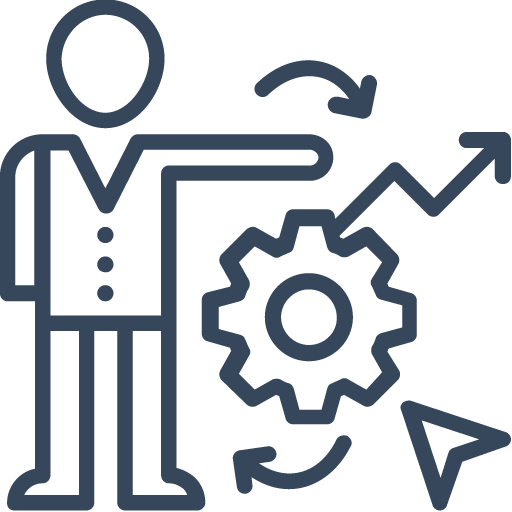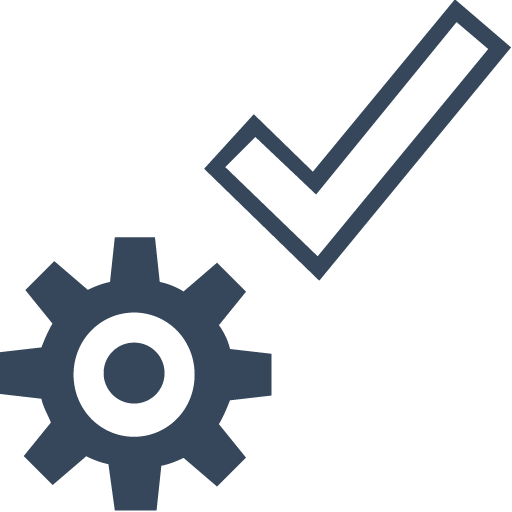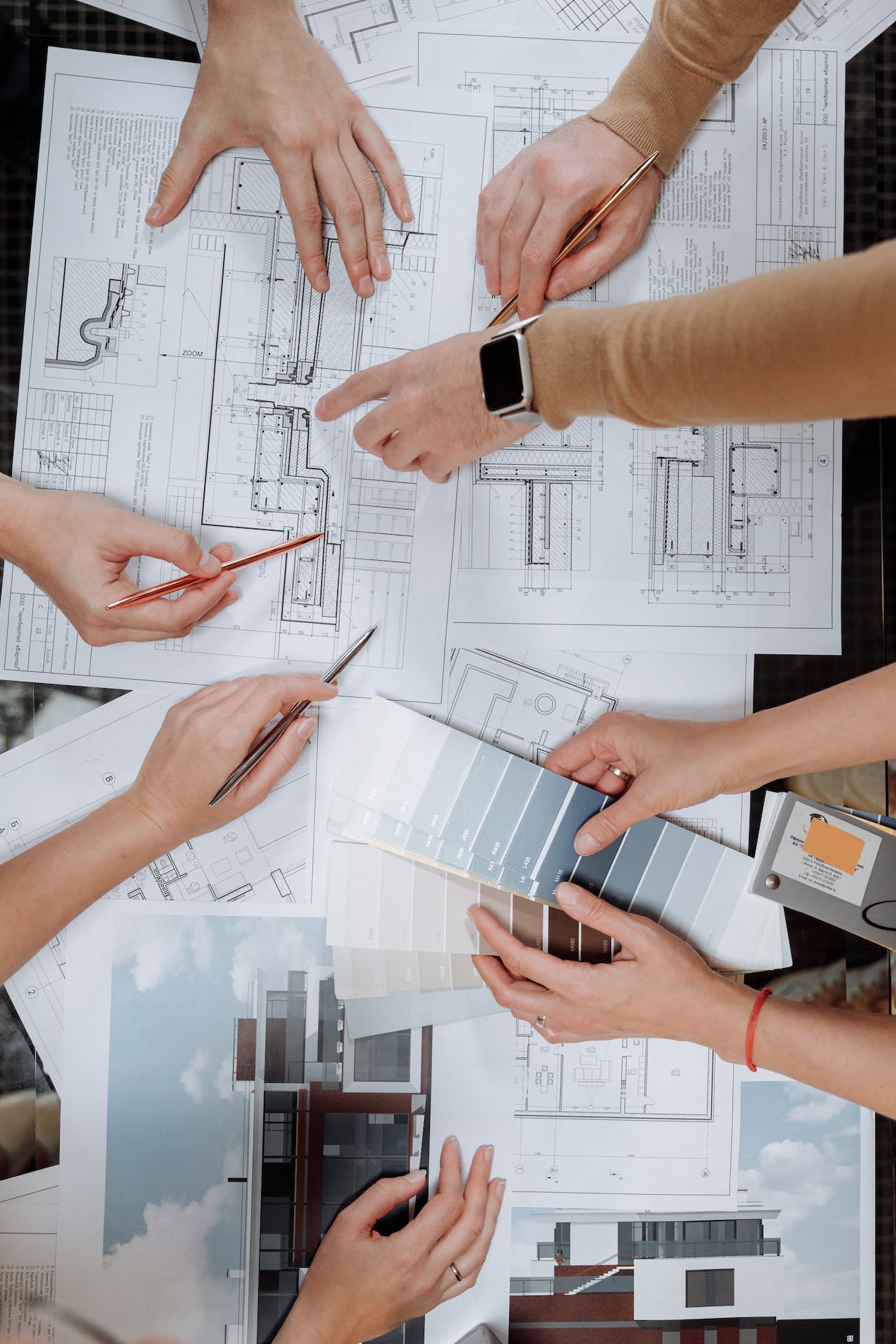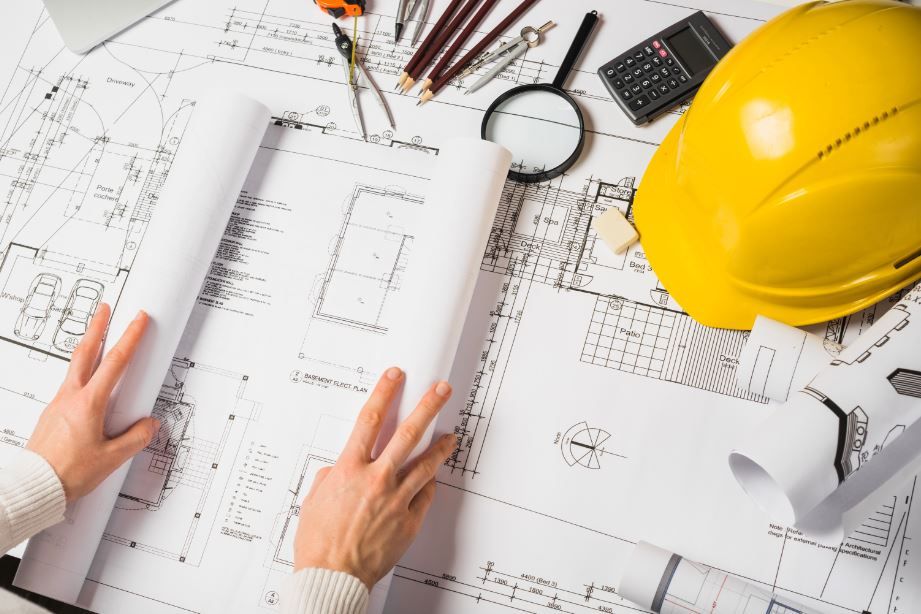DTS
Design & BuildIt all started in 2012 with multi-technical maintenance. At the request of our customers, we expanded our skills to include general contracting, guaranteeing a single point of contact and TPD-certified quality. Building on our success, we also take charge of the design of each of our projects.
Works
Environmentally Responsible Compliance
We pay particular attention to the fire safety compliance of the planned developments, not forgetting the compulsory asbestos and lead diagnostics.
Our approach eco-responsibility is standard practice, and is supported where necessary by an HQE design office.
We guarantee efficiency in the implementation of your projects.
We adopt a unique, attentive approach (Reflection - Action - Reflection - Efficiency)
We work in occupied buildings. We take note of the good ideas that turn out to be virtuous, and we'll help you avoid the bad ones that not only cost a lot to implement but are also very expensive to maintain.
Construction management and supervision cannot be improvised. The regulations exist. Follow them, and you'll save yourself a lot of trouble. Just don't ignore them. We'll be there to remind you and help you avoid dangerous shortcuts.
When it comes to execution, you need to take your time and think ahead. That's the secret. Take the time to think things through so that you can act efficiently. The time spent allows the project to mature and to be shared, resulting in a relevant solution for which everyone is aware of the ins and outs.
Today, the project team must understand and take ownership of the project as the solution to success.
Must have : our HELP application in Saas mode to track all interventions and their results
Layout & Design
Unrestrained design and layout is not architecture for us. To this must be added the essentials, i.e. your overall programme.
We have a standard template. We'll help you write it. It's not conceptual talk. It's very operational, because we're not talking about concepts, we're talking about real life.
Regulatory compliance
The key terms include APS, APD, DCE, DOE, CSPS, DTA, RAT, RICT, RFCT, PLOMB. There's nothing complicated about it. You just have to be familiar with them and live with them in the general interest. Even small jobs must be carried out correctly and in accordance with the regulations.
Management & Supervision
Nous investissons du temps pour suivre au plus près les travaux à réaliser. Le niveau global technique et d’investissement des ouvriers et chefs d’équipe a fortement baissé. Le pilotage doit être plus important pour assurer une meilleure coordination et réalisation dans les délais convenus avec la qualité attendue.
Social equity
Let's also be socially responsible by cracking down on undeclared work and on seconded workers who come on buses to carry out our work. Let's be socially ethical.
Return of premises
Our mission
The process of assisting in premises handover is divided into three main stages, the first of which is somewhat static because it is independent of events, the second of which is highly dependent on the turn of events and can evolve and take on several configurations by virtue of them. Finally, the third stage ensures the operational management of the process.

Literature review, Evaluation of exit costs & Development of scenarios
This stage mainly consists of assessing the work required to return the premises under 2 scenarios, one pessimistic, the other based on a successful negotiation with the lessor.

Negotiation support
This stage can take a number of different forms and unfold differently depending on the progress of the negotiations. There are two possible options:
- Work carried out by the lessor
- Work carried out by the lessee

Operational management
It consists of assisting the tenant and ensuring that the various tasks involved in vacating the premises are carried out properly, and even supervising the work.
Work & Maintenance
Complete management
From design to technical maintenance, we take charge of every stage in completing your project, in compliance with standards and operational requirements.
Your project in 4 key stages: Design, implementation, operation and technical maintenance

Design
It involves the creation of a project by an architect or designer, taking into account needs, expectations and regulatory constraints, to give full expression to its creative talents (L43-L56).

Implementation
This step follows the design phase and complies with the law. It requires informed decisions to be taken intoaccount, involve the control office inpossible changes, and may involve working with a project manager or general contractor to manage technical and financial risks (L76-L94).

Operational phase
Aftercompletion of the work,the operation ofthe building begins. This phase includes the installation of services and operations in preparation for acceptance of the works ensuringthe integration ofoperational requirements into the initial design (L105-L138).

Technical maintenance
Maintenance involves taking stock of equipment and networks,association of frequencies and types ofinterventions, and checking that everything is working. Particular attention is paid during the first year to ensure that the work is perfectly completed (L141-L157).
Real estate project
Our mission
In its evolution, a company is regularly led to question the relevance of its organisation and the way it operates. Changing premises can be an opportunity in this process.
This type of project is a real upheaval and requires careful thought. The aim is to identify the various expectations and constraints to ensure that the project runs as smoothly as possible. The support of an expert in this process is a guarantee of success.

Feasibility study
Location, surface area, budget and planning are key to choosing new premises. A minimum of one year is needed to complete all the steps, including a careful search and professional support, to ensure an optimal transition.

Lease negotiation and financial/legal considerations
A number of points need to be considered before the lease is signed. Professional support and an in-depth study guarantee a successful transition to new premises.

Interior design and setup of new premises
The management of premises involves a meticulous study of requirements, the coordination of architectural and technical work, and the adaptation of spaces to changes in the company. The selection of the right service provider and the involvement of employees guarantee a functional, scalable fit-out.

Return of the old premises
Be prepared for unforeseen costs by carefully planning site restoration, contract termination and notifications to partners. Involve the operator from the design stage to ensure a smooth transition.


